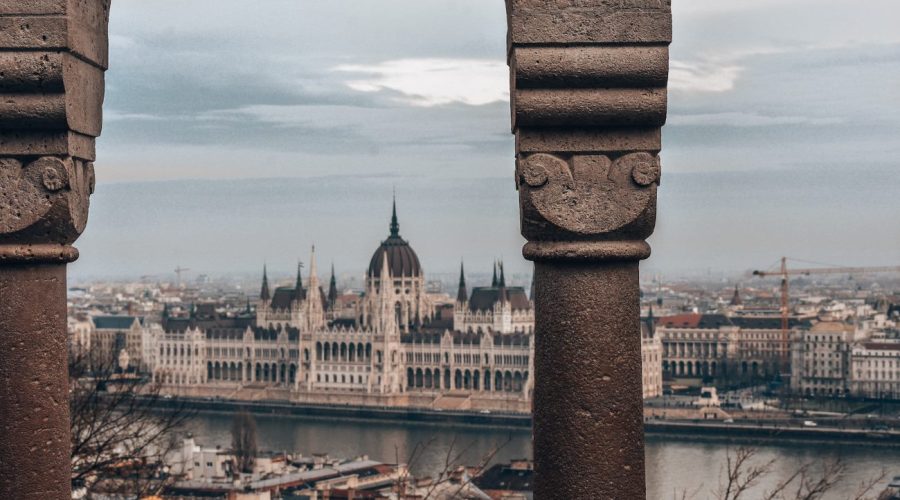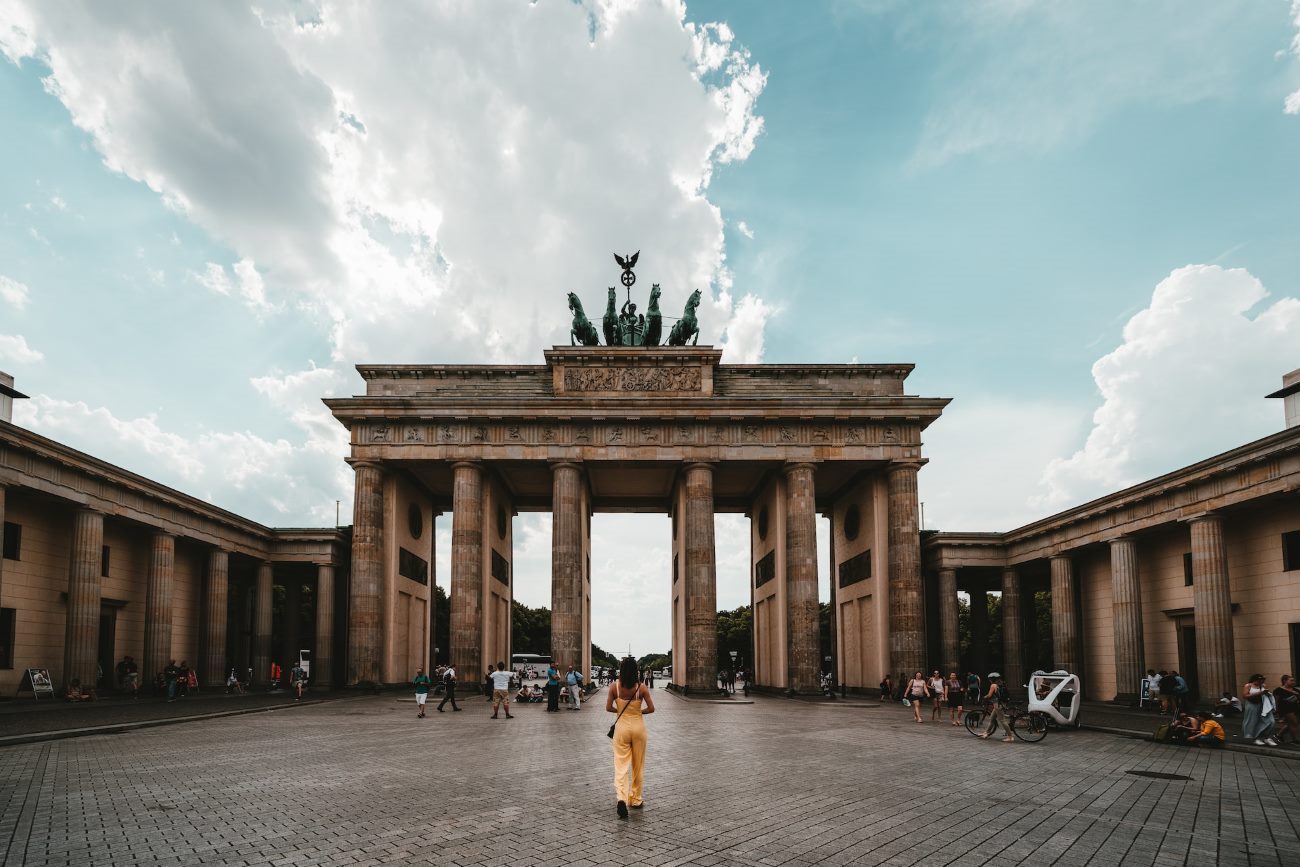Famous Buildings in Hamburg
As the second-biggest German city Hamburg remains recognizable because of both its extensive past along with its elegant buildings. The city contains various notable buildings which span from medieval period to contemporary masterpieces. Multiple important architectural sites found in Hamburg constitute a shortlist of landmarks worth traveling to see.
1. Elbphilharmonie
People recognize the Elbphilharmonie as an iconic concert hall operating in the HafenCity district. Sitting on the Elbe waterfront Herzog & de Meuron built this remarkable building which displays scenic city views.
This architectural complex includes both functioning buildings which house apartments and hotels and entertainment facilities along with restaurants and observation areas. Hamburg shows its modern and culturally active character through this spectacular glass building featuring a roof design that resembles waves.
2. Speicherstadt
Warehouse district Speicherstadt stands as the biggest warehousing complex globally. The red-brick buildings along with canals and small bridges make this location a UNESCO World Heritage Site. Speicherstadt represents the architectural significance of Hamburg’s trading heritage through its buildings that were constructed across the late 19th century to early 20th century period.
Current day usage of Speicherstadt warehouses includes both museums alongside offices and commercial shops. Tourists greatly enjoy visiting this location along with photography followers who frequent this area. Royal visitors should take the time to discover Miniatur Wunderland which holds the status as the world’s biggest model railway show within Speicherstadt.
3. St. Michael’s Church
The landmark Christian church St. Michael’s Church (commonly known as “Michel”) stands out as a major symbol of Hamburg. Visitors identify this baroque church in Neustadt’s neighborhood by its noticeable copper-green spire that grants a 360-degree sight of Hamburg from its observation platform.
Visitors entering can see the altar adorned with intricate decorations and intricate woodwork between viewing the famous Arp Schnitger organ which ranks among the largest organs in northern Germany. St. The building exists as both a religious establishment and a cultural center where visitors find concerts and exhibitions take place.
4. Rathaus
The Hamburg Rathaus operates as the City Hall under neo-Renaissance style design to serve as Hamburg’s governmental headquarters. The grand architectural design combined with elaborate facade makes Rathaus a prominent political and administrative landmark of Hamburg.
The building’s lavish ceremonial hall as well as the historic council chamber and mayor’s office are open for guests who take guided tours. The Rathausplatz, the square in front of the City Hall, hosts various events and festivals throughout the year.
5. Chilehaus
The Chilehaus stands out as an expressionist-style office building established within Kontorhaus district. Architect Fritz Höger designed this architectural masterpiece which exhibited sharp ship-like curves leading to its popular nickname “Chile House.”
Decorative maritime elements from the facade of the building present inspired designs. All the offices along with shops and restaurants occupy the building’s interior space. During the prosperous economic period the Chilehaus demonstrates innovative architectural designs of the 1920s which represent Hamburg’s financial growth.
Conclusion
Visitors adore Hamburg’s well-known structures because they display amazing historic value along with remarkable architectural elements. Both modern architectural feats and original medieval heritage make up the exciting building collection in Hamburg.
A sufficient amount of time should be dedicated to exploring these landmarks to appreciate the tales they share with visitors. The remarkable collection of buildings in Hamburg demonstrates the journey the city has taken from the past into the present and to what will come next.
Table of Contents



